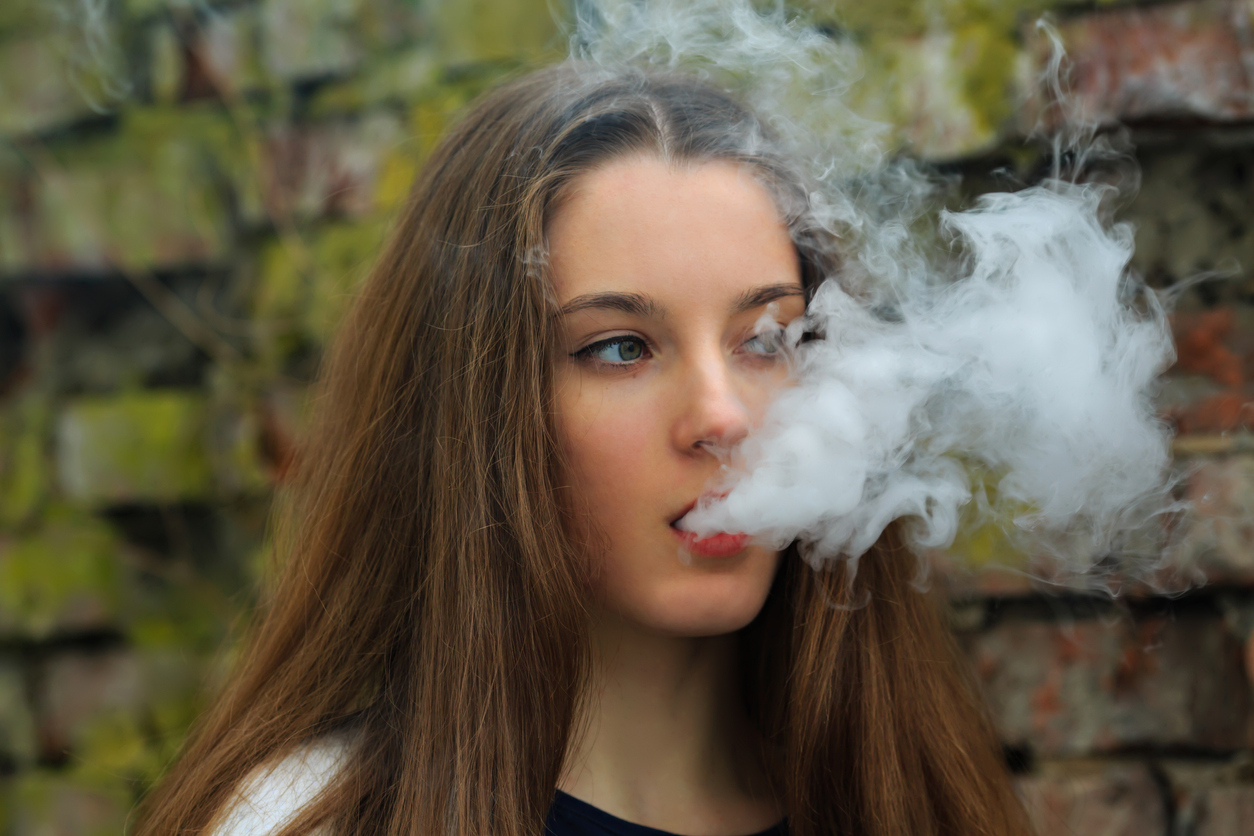The four-hour Saturday requirement includes lessons on the dangers of vaping, a method of inhaling nicotine and other substances that has been associated with a nationwide outbreak of lung injuries and deaths. An official at the high school, where 15% of students admit to having vaped, said the lessons are helping. But it’s a continuing problem, he said, as freshmen are arriving already exposed to vaping.
“I don’t know that we have the tools to win this battle,” said Northgate Principal Michael McAlister, who believes more students in his school are doing it than admitted. “There’s an entire new generation of addicts.”
School districts have rolled out various measures to address vaping; some have worked and some haven’t. District officials cite local and national statistics as a reason to keep trying.
Some districts are using vape detectors in restrooms and randomly testing students for nicotine; others have tried banning the use of bathroom breaks during class periods or removing stall doors. Others offer giveaways to encourage students to surrender their vapes.
An estimated 5.4 million middle- and high-school students in the U.S. recently used e-cigarettes, a vaping device, according to a federal survey released in December. That is 20% of all students, far more than the 4.3% that used cigarettes.
The Centers for Disease Control and Prevention reported 2,561 cases of hospitalizations for lung injury involving e-cigarettes, and 55 deaths, as of Dec. 27. The majority of cases are linked to products containing THC, the psychoactive ingredient in marijuana.
School administrators say vaping is more challenging to tackle on campus than regular cigarettes. Vape devices are typically battery-powered and made to look like everyday items, such as pens, lipstick cases and USB drives.
They come in child-friendly flavors, from bubble gum to strawberry cheesecake, and have pleasant smells. Students can take quick whiffs undetected while sitting in class or walking down a hallway, with exhaled vapor dissolving quickly into the air or held in to be absorbed, unlike lingering smoke from lit cigarettes.
School resource officers in Chico, Calif., use 18-years-olds, under the nicotine purchasing age of 21, as decoys to bust businesses selling tobacco products used for vaping; officials said eight clerks have been cited. The officers also allow students to trade vape devices for coupons for pizza and smoothies, with no questions asked. In four weeks, about 50 vapes were turned in, said Sgt. Greg Rogers.
“We’re just trying something different,” Sgt. Rogers said. “We wanted it to not be punitive.”
Jupiter Community High School in Palm Beach County, Fla., in October banned students from using the restroom during class periods unless for emergencies and with an administrative escort. The rule has since been lifted.
“Parents were frustrated with the fact that their children weren’t just allowed to go to the restroom,” said June Eassa, a Palm Beach school assistant superintendent.
Plainwell Community Schools in Michigan is starting random nicotine testing of high-school students in extracurricular activities in January. Students testing positive are restricted in participating in their activity.
“We are trying to send a very clear message that we’re not going to tolerate the behavior,” said Superintendent Matthew Montange.
Plainwell parent Micheal Hueschen is against the random drug testing, saying it only targets athletes and other students in extracurricular activities, which he believes are likely a small percentage of those vaping. Mr. Hueschen said his wife smokes and his son, who will be subject to the testing, is concerned with the test picking up secondhand smoke.
“He has a lot of anxiety about it,” he said.
Dozens of lawsuits have been filed throughout the country against major e-cigarette manufacturer Juul Labs Inc. by school districts, states and individuals. They accuse the company of using flashy advertising campaigns to attract young people, with districts having to pay for deterrents, such as vape detectors, staff training on vaping, and monitoring of school restrooms by employees.
Schools aren’t alone in the fight against teen vaping. The Food and Drug Administration said Thursday that it will ban the use of fruit and mint flavors in cartridge e-cigarettes, which are popular with young people.
In December, President Trump signed into law a spending bill that includes a measure raising the minimum age to purchase tobacco products to 21 nationwide. Some states had already made the change.
Juul Labs said that it has suspended broadcast, print and digital product advertising in the U.S. “We are focused on resetting the vapor category in the U.S. and earning the trust of society by working cooperatively with regulators, public health officials, and other stakeholders to combat underage use,” the company said.
According to Juul’s website, “one 5% strength JUUL pod is designed to replace one pack of cigarettes in nicotine strength,” and saves money.
Researchers are concerned that there doesn’t seem to be a standard of what should be a normal vape dose, leaving students to grossly overuse the product.
“There’s a certain understanding that you don’t smoke more than a pack a day,” said Diana Zuckerman, president of the National Center for Health Research. “With vaping, because it’s new and because all these products vary, there aren’t the sorts of standards that help people restrict what they’re doing.”













